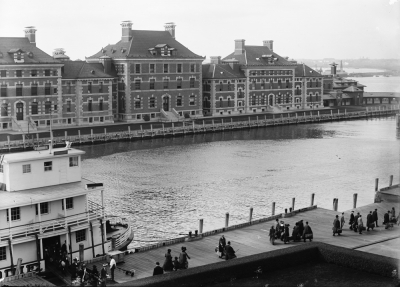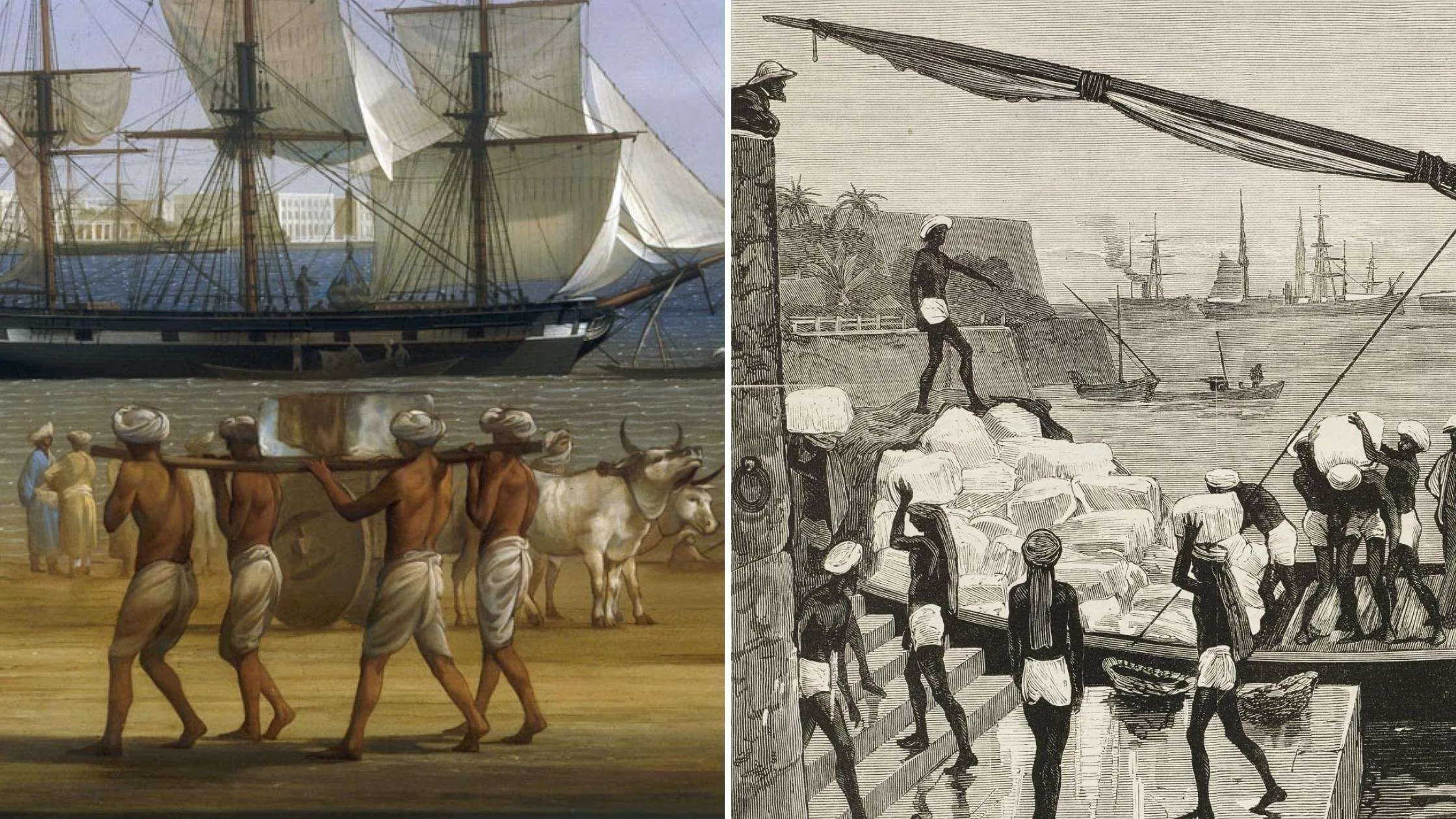WHAT WAS ELLIS ISLAND FAMOUS FOR?

For over 60 years, Ellis Island was the entry point for immigrants to the U.S.
From 1892 to 1954, Ellis Island, located in Upper New York Bay at the mouth of the Hudson River, was the entry point for immigrants to the United States. It is estimated that by the time it was closed, over 12 million people had been processed and sent on to the mainland by the U.S. Immigration Bureau.
Ellis Island was once part of tidal flats known for their oyster beds. It was taken over by the federal government in 1808 and used as an arsenal and military post for nearly 80 years till the new immigration centre was opened to replace the Castle Garden facility in Manhattan. The island's area was increased by landfills. However, in 1897, five years after it opened, the centre was burned down in a fire.
New buildings were constructed, including a dining hall to seat 1,000 people and a large hospital, and Ellis Island reopened to immigrants in 1900. The arrivals peaked between 1907 and 1914, when officials handled 5,000 immigrants a day, mostly from Europe.
In 1917, passing a literacy test became mandatory. In 1924, quotas were instituted and overseas embassies were allowed to process immigrants. This reduced the flood to a trickle.
The Ellis Island Immigration Museum opened in 1990.
Island of hope, island of tears
Would you like to know about some of the stories of the 12 million people who came to Ellis Island to gain entry to America? A video series has been developed for students by the US goverment on the island's past. You can view it at bit.ly/libertymonument Not all who came were able to settle in the US. Many were deported. The Statue of Liberty Museum and the Ellis Island National Museum of Immigration explores the difficult history of this landmark.
Picture Credit : Google
